The way Germany was divided into Western- and Soviet-aligned republics after the Second World War was hardly a straightforward process. The Allies started thinking about whether and how to dismember Germany in the middle of the war and considered several options.
Some, like the Dutch request for territorial compensation, were ignored. Others, like President Franklin Delano Roosevelt’s suggestion of a north-south split, would morph into the east-west divide of the Cold War.
Monnet Plan
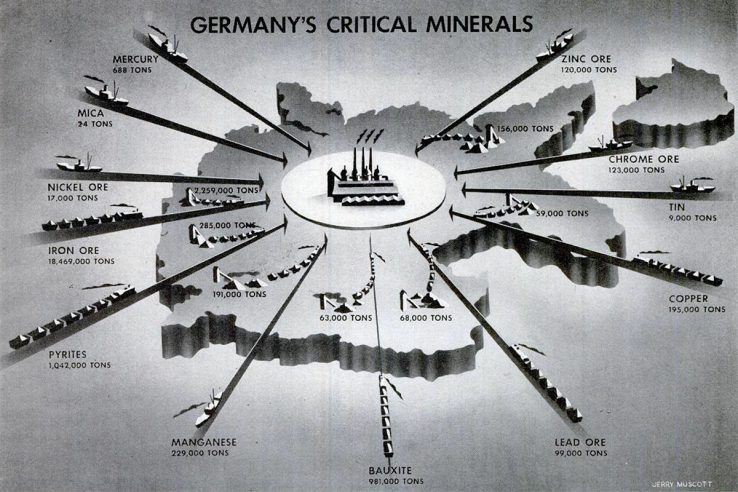
Much of the planning during the war assumed that Germany should be denied the capacity to ever wage war again. Hence proposals to internationalize its heavy industries in the Ruhr — or, in the case of the French, to seize them outright.
Jean Monnet, a French civil servant who would later play a major role in the creation of what is now the European Union, drafted a plan that involved taking the Ruhr area and the Saar from Germany. The rationale being not only to keep Germany weak, but also that the coal and steel industries there could speed up France’s postwar recovery.
French wartime leader Charles de Gaulle endorsed the plan, but it was never fully implemented. The Ruhr was placed under an international administration for a few years — the International Authority for the Ruhr — until the European Coal and Steel Community made it redundant.
The French got the Saar, in a way. From 1947 to 1957, it was a French protectorate. The population voted against independence in a referendum that year, which the Western powers interpreted as a desire to rejoin Germany. But France would retain the right to mine coal from the Saar until 1981.
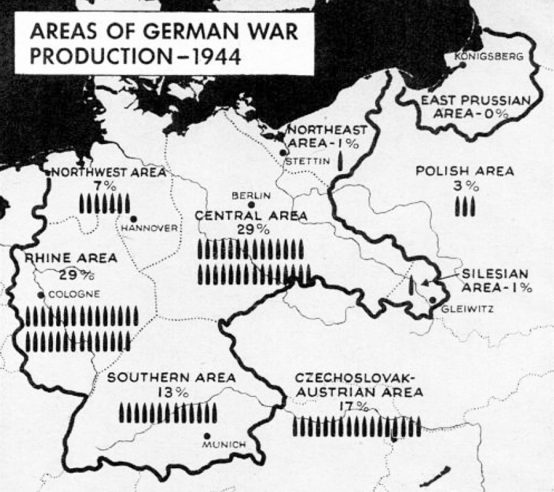
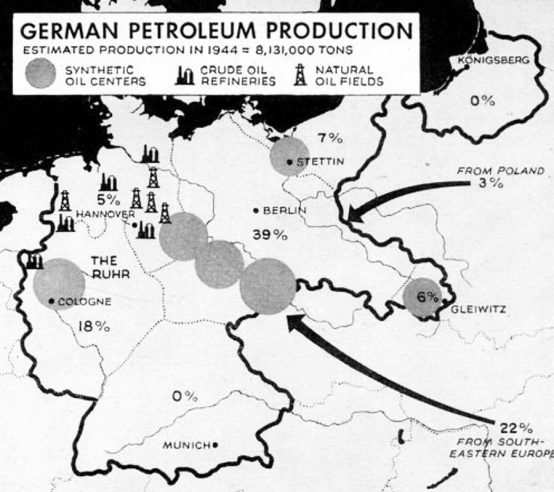
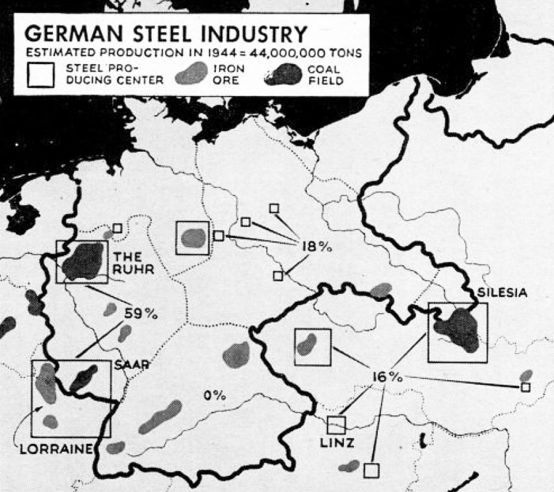
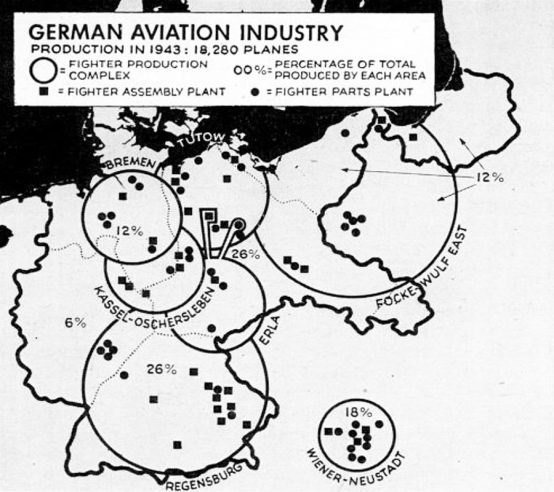
Dutch revenge
Dutch requests for territorial compensation went largely unheeded. Frits Bakker Schut, a civil engineer, drafted several proposals on behalf of the Dutch authorities immediately after the war which would have added between 30 and 50 percent to the country’s size. The most ambitious involved the annexation of Aachen, Cologne and Münster, all major German cities, as well as the deportation of many of the Germans living there.
The plan was controversial in the Netherlands. Labor Party leader and later prime minister Willem Drees opposed it outright. Liberal and Protestant parties were wary. Only the Catholics supported it. The fact that the to-be-annexed territories were predominantly Catholic and would thus have helped them expand their share of the vote played a role.
The Catholic faction had a powerful ally in Queen Wilhelmina, who embraced the plan, but an even more powerful opponent in the United States.
In the end, the Netherlands got only a few border towns from the Germans, nearly all of which were returned in 1963 after what was then West Germany had paid reparations.
Morgenthau Plan

The Americans shared the French belief that Germany’s industrial capacity should be diminished in order to prevent another war.
Henry Morgenthau, President Roosevelt’s treasury secretary, suggested that both the Ruhr and the Saar should be either annexed by Germany’s neighbors or placed under international supervision. Heavy industries elsewhere in Germany would be dismantled, even if this meant hampering the postwar recovery.
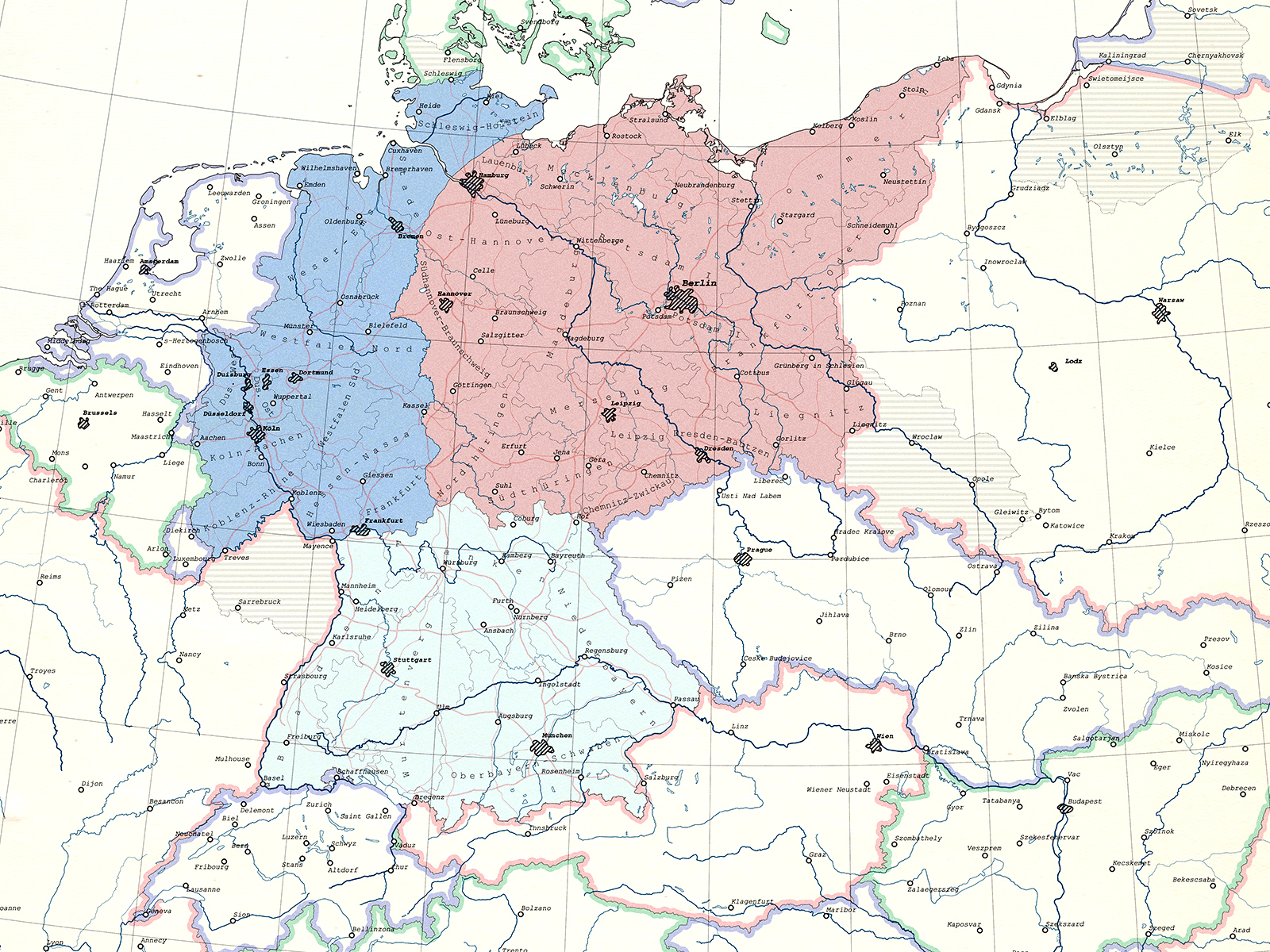
Beyond depriving the Germans of the means to wage war, there was an express American desire to punish them collectively.
Roosevelt had no patience for those who argued that ordinary Germans shouldn’t be blamed for the crimes of the Nazi regime. “The German people must have it driven home to them that the whole nation has been engaged in a lawless conspiracy against the decencies of modern civilization,” he argued.
The British, the State Department and the Republican opposition in the United States all had their doubts about treating the Germans so harshly. They anyway worried that publicizing such plans during the war would only strengthen the Nazis in their resolve to fight to the bitter end.
Nazi propaganda chief Joseph Goebbels hoped so. When Morgenthau’s plans leaked, he used them to try to persuade the Germans they had no hope but to seek an increasingly elusive Endsieg.
Like Monnet’s plan, Morgenthau’s was never implemented in its original form. It must not be confused — as some neo-Nazis do up to this day — with Theodore Kaufman’s virulent anti-German plan, self-published in 1941, to wipe Austria and Germany off the map completely.
Three Germanys
Around the time Morgenthau developed his plan, Sumner Welles, Roosevelt’s former undersecretary of state, published his own proposal in Life magazine which called for the creation of three states: a Western Germany, including Hamburg, Hannover, Saxony and Westphalia; a Southern Germany, including the Rhineland and predominantly Catholic Bavaria and Württemberg; and an Eastern Germany, composed of the predominantly Protestant Brandenburg, Pomerania and Silesia.
Welles proposed ceding the whole of East Prussia to Poland.
Unlike Morgenthau, Welles did not seek to strangle the German economy. He hoped that dividing Germany’s agricultural and industrial resources more or less equally between three states would prevent any one from being able to lord over the others and subsequently Europe.
His thinking was that centralization had enabled German militarism, which Welles — like many Americans at the time — took for granted and blamed for both world wars.
“If Hitler had not abolished all the remaining barriers between the former German states,” he wrote, “German militarism could never have carried out its policies so successfully in the years between 1933 and 1939.”
That’s what-if history, but there is something to be said for powerful state governments that can act as a check on a wrongheaded center. That’s why the Allies made West Germany a federation after the war. To this day, education, job training, infrastructure and transportation all either fall under the purview of the Länder or responsibility is shared between them and the federal government in Berlin.
Roosevelt’s north-south split
The idea of splitting Germany into a northern and a southern half may not have originated with Welles. On his way to the Cairo and Tehran Conferences of 1943, President Roosevelt himself sketched out a similar proposal. He put predominantly Catholic Baden, Bavaria and Württemberg in one state and divided the mostly Protestant north along a line running from Stettin to Berlin to Leipzig to Bayreuth.
Roosevelt’s thinking, wrote British prime minister Winston Churchill in his memoirs, was that Prussia needed to be detached from the rest and treated “sternly”. By this point, the American leader apparently did not blame western and southern Germans for the war anymore. “I should like to see them live tolerably,” he said at Tehran, “and in a generation they would feel differently.”
The United States, Roosevelt believed, should take responsibility for the northwestern zone, including Bremen and Hamburg, as well as Berlin. The British would take the south; the Soviets the remaining territory in the east.
The American and British zones ended up the other way around, because planning for the invasion of Europe was already underway by the middle of 1943. This called for British and Commonwealth troops to attack from the north, through the Low Countries, and for the Americans to invade Germany from the south.
The British were keen on this division of labor, because it meant they would be in a position to oversee the dismantling of the German fleet.
Roosevelt, for his part, wasn’t fixated on the south for any other reason than he feared it would imply taking on responsibility for postwar France and possibly Italy as well, given supply lines and their proximity. When Churchill assured him this wouldn’t be the case, he was persuaded.
Anglo-Soviet stitch-up
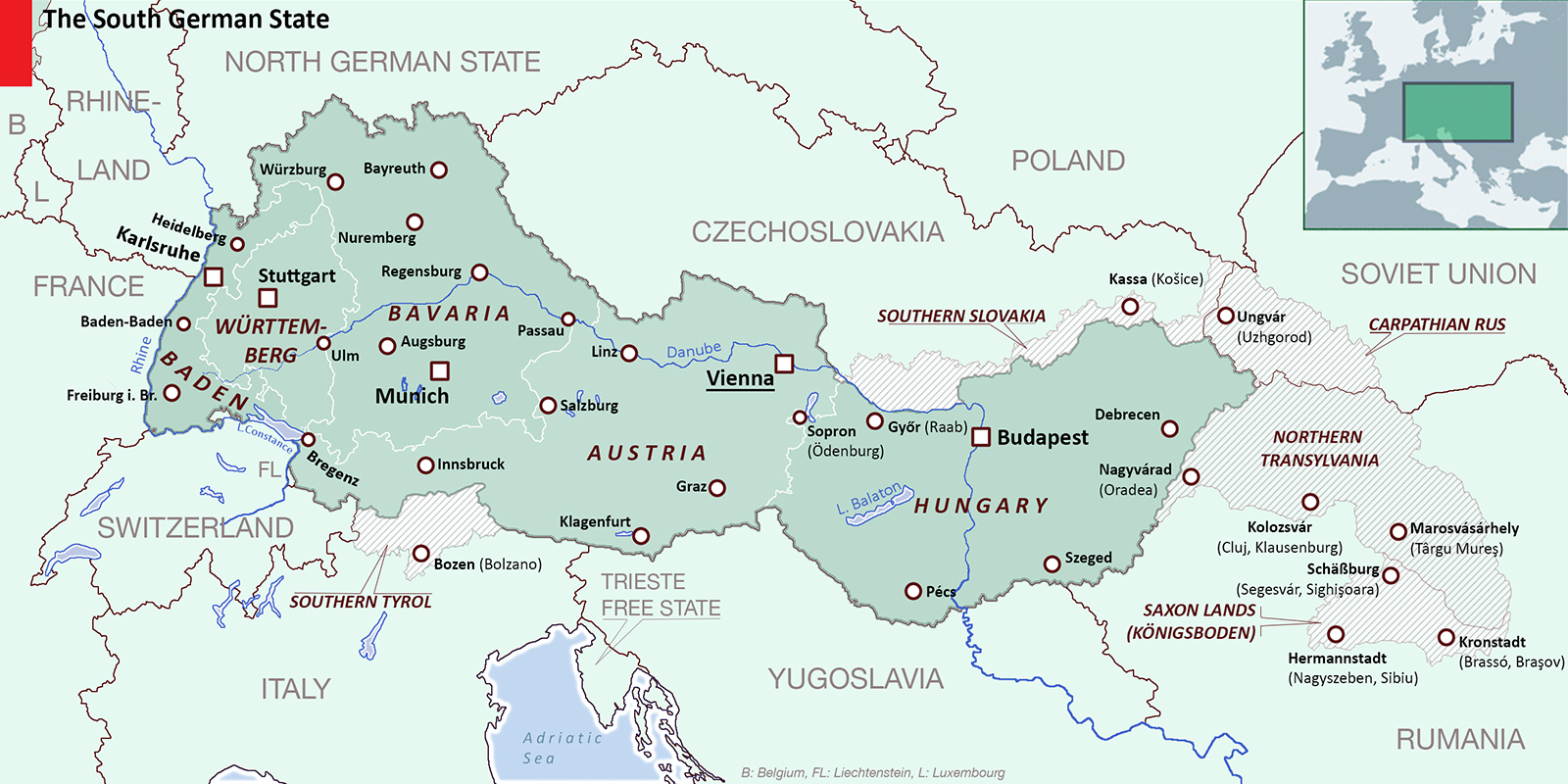
Churchill generally followed Roosevelt’s thinking and said the idea of a “Danubian Confederation”, comprised of the southern German states, Austria and Hungary, had “always been attractive” to him. But when he met with Joseph Stalin in Moscow the following year, the Soviet leader insisted on keeping Hungary separate.
“Uncle Joe wants Poland, Czecho and Hungary to form a realm of independent anti-Nazi, pro-Russian states,” he reported.
Churchill came up with a proposal similar to Roosevelt’s, except it put the border between the two northern zones much farther to the west.
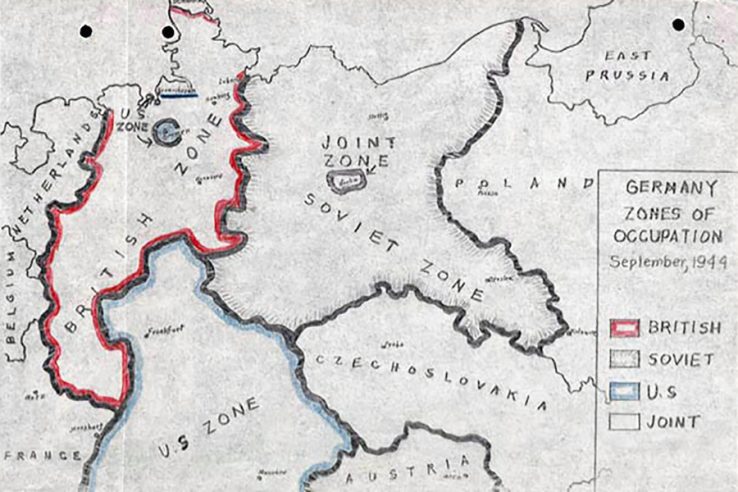
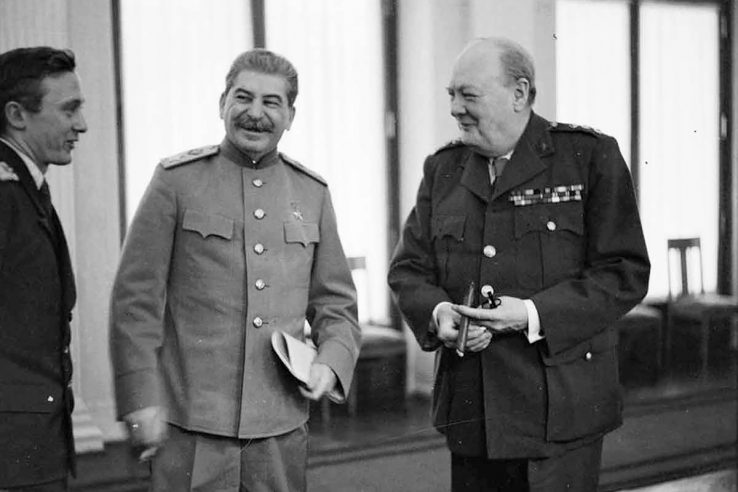
He was also inclined to respect the historical boundaries of the German states. Whereas Roosevelt had drawn a straight line through the Rhineland, Hesse and north of Bavaria, Churchill sensibly stuck with the borders the Germans already knew.
The Soviets approved; the Americans were appalled. Churchill had not only taken the division of Germany out of Anglo-American hands and brought the Soviets into the equation; he had promised the Russians far more territory than Roosevelt. That would prove impossible to take back.
Four-way split
The decision to split Germany into four occupational zones (including one for the French) was made at Yalta in February 1945. But the Allied leaders didn’t decide then and there what the borders of those zones would be, nor if they should be permanent.

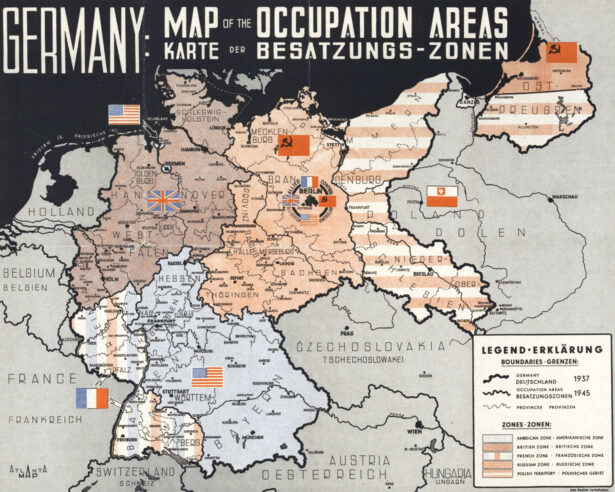
It wasn’t until the Potsdam Conference five months later, when the war in Europe had ended, that the powers agreed on the division that would persist throughout the Cold War.
France got the Saar and part of the Rhineland. The British took the north, with the ports of Bremen and Hamburg. (Although rather than scuttle the German fleet, most ships were divided among the victors.) Large parts of Prussia were ceded to Poland, which would for all intents and purposes be a Soviet puppet state. The Russians took part of East Prussia for themselves and called it Kaliningrad.
The Potsdam agreement called for an “orderly” expulsion of Germans from the eastern territories (which made millions homeless) and the dismantling of heavy industries. It didn’t take the Western Allies more than a few years to realize this had been a terrible mistake. By keeping the West Germans down, they were not only breeding German resentment; they were holding back the economic recovery of the whole of Western Europe.
When this policy was reversed in the late 1940s, and West Germany given Marshall aid from the United States, it paved the way for the famed Wirtschaftswunder that lifted all of free Europe’s spirits.
The Soviets, by contrast, kept sucking reparations out of their Germany, which would set its recovery back by years, if not decades.


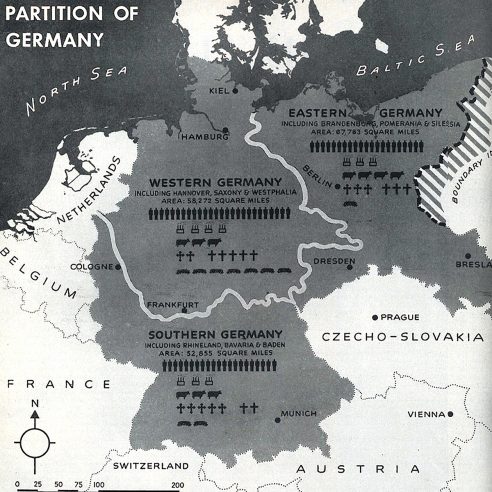
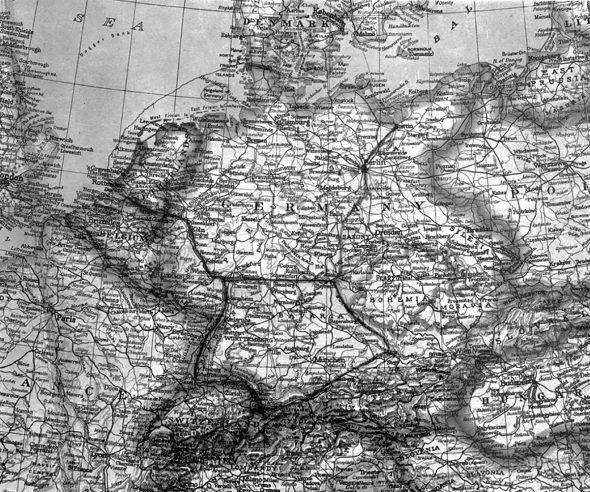
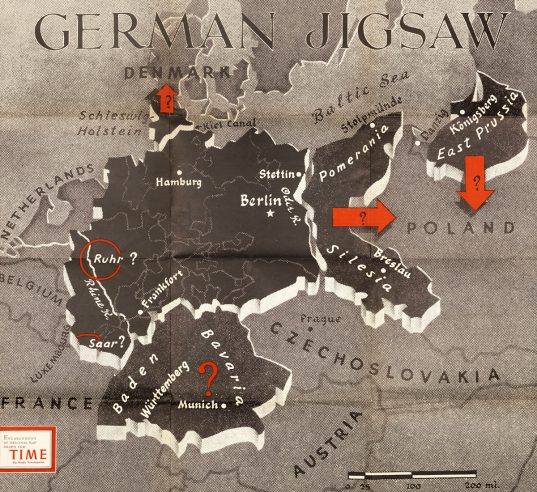
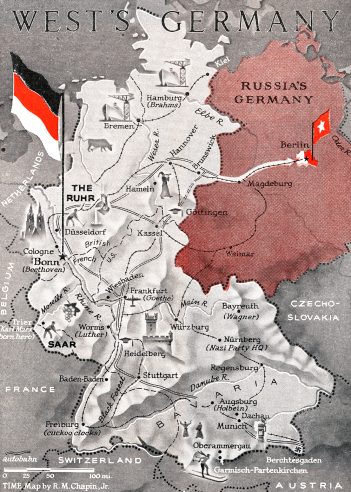




2 Comments
Add YoursFascinating as usual! As a kid I spent hours poring over atlases and redrawing the world’s borders to my heart’s content. Maybe I did a better job than the politicians and other professionals who drew the real borders! How many of today’s wars and massacres and other evils originate with badly-drawn borders?
It sounds like Churchill was seriously thinking of re-establishing the Austro-Hungarian Empire! His softness towards Stalin is strange, given his strident anti-Communism before and after WW2. His Branson, Missouri ‘Iron Curtain’ speech is rightly famous, but he never admitted his own role in erecting that Curtain.
It seems both he and Roosevelt somewhat underestimated Stalin’s intentions.
If you’re interested in drawing borders, you may also be interested in this story on one of my other websites. I wrote it on the centennial of the Sykes-Picot Agreement.